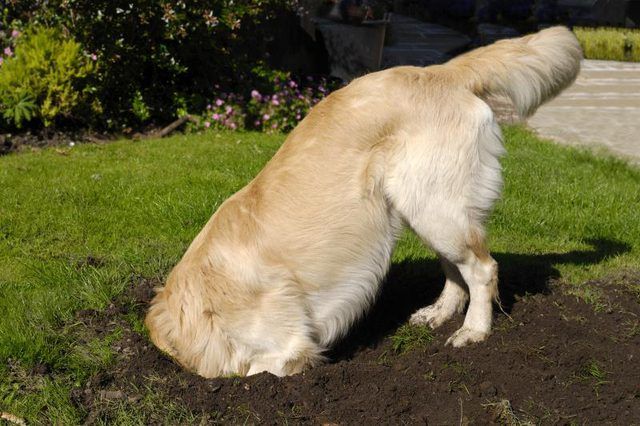Bulbs
Flower Basics
Flower Beds & Specialty Gardens
Flower Garden
Garden Furniture
Garden Gnomes
Garden Seeds
Garden Sheds
Garden Statues
Garden Tools & Supplies
Gardening Basics
Green & Organic
Groundcovers & Vines
Growing Annuals
Growing Basil
Growing Beans
Growing Berries
Growing Blueberries
Growing Cactus
Growing Corn
Growing Cotton
Growing Edibles
Growing Flowers
Growing Garlic
Growing Grapes
Growing Grass
Growing Herbs
Growing Jasmine
Growing Mint
Growing Mushrooms
Orchids
Growing Peanuts
Growing Perennials
Growing Plants
Growing Rosemary
Growing Roses
Growing Strawberries
Growing Sunflowers
Growing Thyme
Growing Tomatoes
Growing Tulips
Growing Vegetables
Herb Basics
Herb Garden
Indoor Growing
Landscaping Basics
Landscaping Patios
Landscaping Plants
Landscaping Shrubs
Landscaping Trees
Landscaping Walks & Pathways
Lawn Basics
Lawn Maintenance
Lawn Mowers
Lawn Ornaments
Lawn Planting
Lawn Tools
Outdoor Growing
Overall Landscape Planning
Pests, Weeds & Problems
Plant Basics
Rock Garden
Rose Garden
Shrubs
Soil
Specialty Gardens
Trees
Vegetable Garden
Yard Maintenance
How to Fix Dog Holes in the Grass
How to Fix Dog Holes in the Grass. Sometimes, man's best friend is your lawn's worst friend. Dogs love to dig, especially young dogs under the age of 3 or terriers and similar hunting dogs. The resulting holes in your grass don't just look unsightly, but also attract weeds and cause soil erosion. Thankfully, a quick fix to repairing your lawn is...

Sometimes, man's best friend is your lawn's worst friend. Dogs love to dig, especially young dogs under the age of 3 or terriers and similar hunting dogs. The resulting holes in your grass don't just look unsightly, but also attract weeds and cause soil erosion. Thankfully, a quick fix to repairing your lawn is as simple as a game of fetch.
Dodge the Dog
Before repairing your lawn, it's crucial to solve the root of the problem. Dogs often dig because they're restless or bored, so twice-daily walks combined with readily available lawn toys such as a chewy ball or bone can ease the situation. If your dog still won't stop digging, invest in dog training that teaches him not to dig, or provide a dedicated digging zone, like a child's sandbox filled with your dog's favorite toys, that's more attractive to a curious dog than your manicured lawn.
Clean Up Your Act
Some say cleanliness is next to godliness. Cleaning up the hole in your lawn will help restore your grass to its holy lushness. Remove any debris, rocks and weeds from the hole with a rake and spade. If the damaged lawn area has been left for too long and is especially overgrown with weeds, spray it with a ready-to-use glyphosate-based herbicide approximately 10 days before you plan on repairing the hole.
Fill 'er Up
Once the hole in your grass has been cleaned up, fill it with topsoil. Use enough dirt that the hole is now filled and level with the surrounding soil in your yard. Tap down the soil surface with a spade or piece of plywood so that the soil surface is firm but not hard and compacted.
Size Matters
Using a measuring stick, the side of a piece of plywood or a similar straight edge as a guide, trim and cut the edges of your lawn surrounding the bare soil area that was once a hole in your grass. Remove and discard the trimmed grass edges to create a patch of bare soil surface that is as close to a perfect square as possible. Measure two sides of the square and multiply them together to get the square foot measurement. While it may seem counterproductive to remove the healthy grass around the exposed dirt surface, this makes it easier for your final step: adding a new square of living sod.
Patch Up Your Problem
Reseeding and similar methods of lawn repair can be effective but are also time-consuming and work-intensive. Louisiana State University Extension recommends using living sod, available from most garden stores and nurseries, as one of the fastest and best methods of lawn repair. A sod square covers the soil immediately to instantly improve your lawn's appearance and protect against soil erosion and weeds. It also reduces how long you need to keep your dog out of your lawn to just two weeks, while waiting for seeds to take root and establish themselves can take a month or more. Simply buy a sheet of sod that matches the size of the dirt patch in your yard and the grass you have, lay the sod on the soil surface, trim as necessary so there's no exposed soil but also no overlap between the sod and the surrounding grass, press the grass down so it has good soil contact and water once a day for a week.